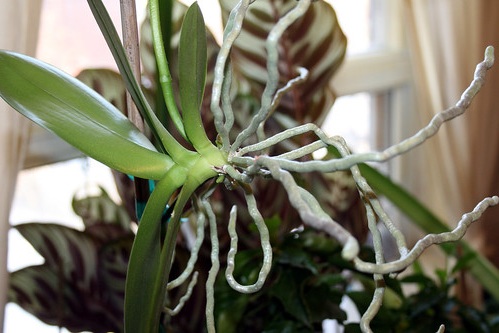I am sure that most of the people growing orchid wouldn’t even think about cutting their orchid. However, here are some tips for orchid propagation. Take a chance, see what happens…
Orchid propagation is a vitally important matter. You don’t have to wait for years as your orchid approaches its first bloom. There is a way to propagate orchids more quickly. In fact you can produce large quantities of nearly bloom-ready plants in just a short amount of time. By far the most popular method of orchid propagation is called “division”.
This means basically slicing your plant in half. Rather than one healthy plant, you have two (a bit smaller) healthy plants. Some orchid growers may be skeptical about cutting their beloved orchids, however this is actually nothing surprising in the plant world. So why not try with the orchids as well?
For instance,people take cuttings of cacti (and many others) all the time to propagate new plants. The rule with orchid propagation is exactly the same.
As for how to divide your plant there’s no real trick to it. Plants tend to have an element of symmetry to them, which means that they tend to grow evenly on both sides. If you tenderly push apart the stems of your orchid, you’ll see that at the base of the plant, right above the soil, there’s already a natural division going on.
Most plants can just be sheared apart easily at this junction, with the result that both new plants would still have healthy and full root structures, and plenty of shoots from which to flower. Once you’ve done this you’ll end up with two orchids instead of one!
Two variations on division
Keiki
Phalaenopsis orchid are great for division. These plants sometimes grow what are known as “keiki”, small plants that begin to sprout out from the flower spike.
These keiki plants are nearly always removed because they can be a drain on the main orchid’s nutritional resources. But you can simply pot them and growing a keiki into a full-sized plant in its own right.
Back Bulb Division
Numerous plants develop what are known as “back bulbs”. These are bulbs which may not ever blossom, and which are generally leafless. Some growers esteem these for their capacity to store water for the main plant. However, in a plant that’s already healthy and mature, you can easily remove these and repot them. Under the correct conditions, they’ll develop roots and transform into complete plants.
Follow these tips for successful orchid propagation, and you’ll be satisfied with the outcomes.

